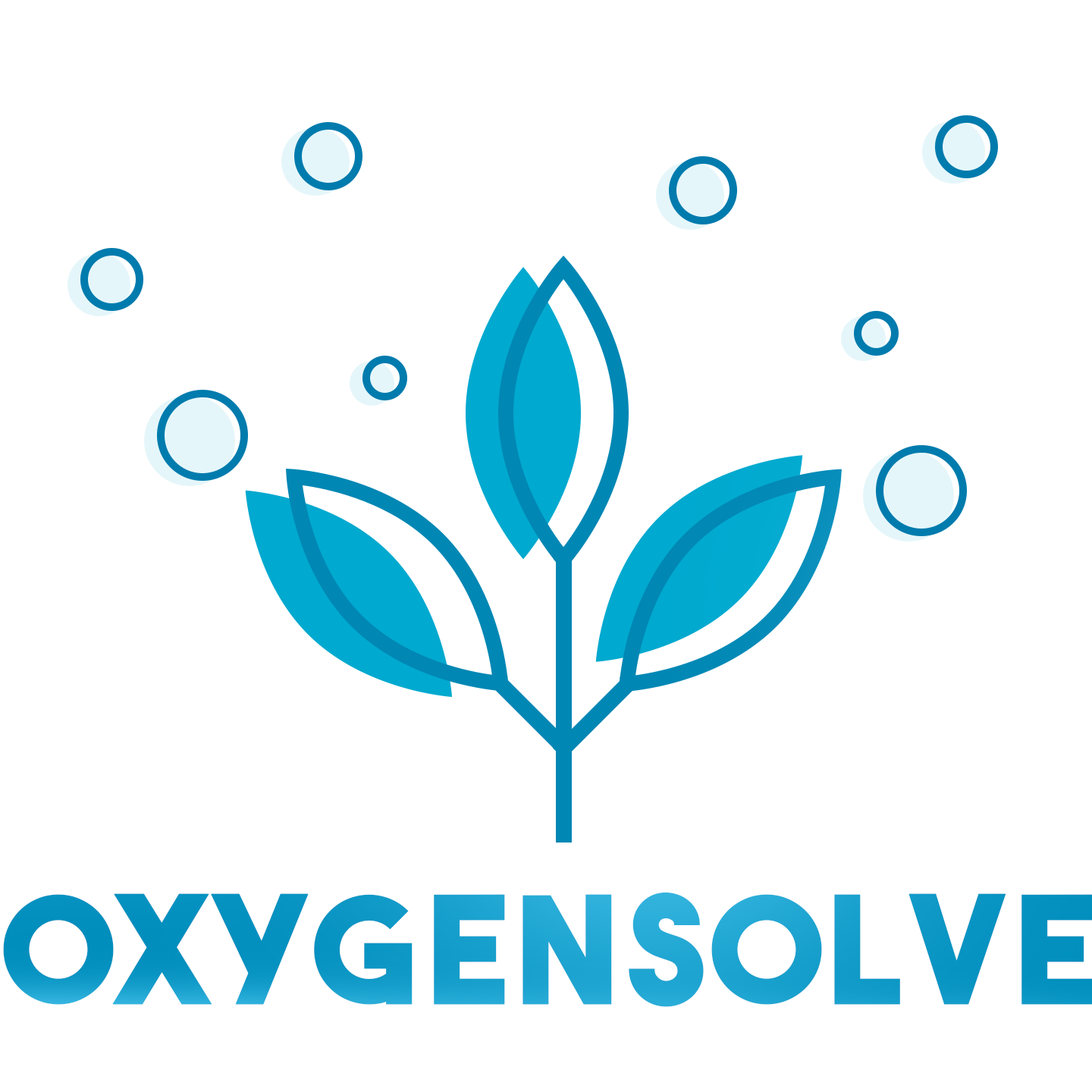World No Tobacco Day: Breathe Freely, Live Fully
CODE
Observed annually on May 31st, World No Tobacco Day is a global campaign led by the World Health Organization (WHO) to raise awareness about the harmful effects of tobacco use. Each year, the initiative spotlights the urgent need to protect lung health, promote public education, and encourage individuals to quit smoking to live longer, healthier lives.
At Oxygensolve, we stand in support of World No Tobacco Day by emphasizing the importance of lung health and empowering individuals with the knowledge they need to make positive changes. Whether you're a smoker, former smoker, or supporting a loved one on their journey to quit, understanding how smoking affects the lungs—and how the body recovers after quitting—is the first step toward a tobacco-free future.
The Devastating Impact of Tobacco on Lung Health
Smoking is one of the leading causes of preventable death worldwide. It damages nearly every organ in the body, but its impact on lung health is particularly severe. Inhaling tobacco smoke introduces thousands of harmful chemicals into the respiratory system, including tar, nicotine, carbon monoxide, and formaldehyde. Over time, these substances:

-
Destroy the cilia—tiny hairs in the airways that clear out mucus and toxins
-
Trigger chronic inflammation and narrowing of the bronchial tubes
-
Lead to serious illnesses such as chronic obstructive pulmonary disease (COPD), lung cancer, and emphysema
-
Impair oxygen absorption, resulting in breathlessness and fatigue
Tobacco doesn’t just damage the lungs—it limits your ability to live fully and freely. That’s why World No Tobacco Day is such a vital reminder of the importance of prioritizing your lung health.
Lung Recovery Timeline: What Happens After You Quit Smoking
Quitting smoking is not easy—it’s a journey. But the body begins healing almost immediately after your last cigarette. Here’s how your lungs (and body) recover over time:

20 Minutes After Quitting:
-
Your heart rate and blood pressure start to normalize.
12–24 Hours:
-
Nicotine begins to leave your bloodstream.
-
Carbon monoxide levels return to normal, allowing oxygen levels to rise.
72 Hours:
-
Lung capacity improves. Breathing becomes easier as bronchial tubes begin to relax.
2 Weeks to 3 Months:
-
Circulation and lung function improve.
-
Cilia begin to regenerate, helping clear mucus and reduce infections.
-
Coughing and shortness of breath decrease.
1 to 2 Years:
-
Your risk of heart disease drops significantly.
-
Continued regeneration of lung tissue improves lung health.
5 to 15 Years:
-
Your risk of stroke and several types of cancer—mouth, throat, and esophagus—is cut in half.
20 Years:
-
Your lungs and overall health may closely resemble that of a non-smoker.
-
The risk of death from smoking-related causes significantly declines.
World No Tobacco Day encourages you to take the first step—knowing that every hour, every day, and every year away from tobacco leads to better lung health and a longer life.
Supplemental Oxygen: A Breathing Aid for Former Smokers
While the body is remarkably capable of healing itself, years of smoking may cause long-term respiratory issues for some individuals. During recovery, many former smokers experience breathlessness or reduced oxygen intake—especially if they already have conditions like COPD or asthma.
In such cases, supplemental oxygen may help support respiratory function and enhance daily living. Oxygen therapy improves oxygen delivery to vital organs, reduces fatigue, and enhances quality of life. Though it's not a cure, it can be a crucial tool in managing long-term lung health during recovery.
At Oxygensolve, we educate our customers about tools and strategies that can promote healing—while always encouraging lifestyle changes like smoking cessation as the most effective long-term solution.
Quitting is Hard—But You’re Not Alone
Let’s be honest: quitting smoking is one of the most difficult challenges a person can face. Nicotine withdrawal brings symptoms such as irritability, insomnia, cravings, and increased appetite. These symptoms usually peak within the first few days and may linger for weeks.
But here's the good news—millions of people have quit, and you can too. With a strong support system, behavioral tools, and access to cessation resources, the journey becomes manageable.

Here are proven strategies to help you stay on track:
-
Avoid triggers like coffee breaks or social settings where others smoke.
-
Replace the habit with healthier alternatives—chew gum, go for a walk, or sip water.
-
Seek support like 1-800-QUIT-NOW (800-784-8669) are free, you can speak with trained counselors who can offer resources and quitting tips.
-
Celebrate milestones—each smoke-free day is a step toward better lung health.
This World No Tobacco Day, take the pledge to quit and protect your future. Whether you’ve been smoking for months or decades, your lungs are ready to heal. Every breath you take without tobacco is a gift to your body—and to those who love you.
Final Thoughts: Your Lungs, Your Life
Lung health is a cornerstone of overall wellness, and tobacco stands in direct opposition to it. World No Tobacco Day is more than a symbolic event—it’s a powerful invitation to reclaim your health, break free from addiction, and embrace life fully.
At Oxygensolve, we support every breath of your journey—because breathing freely means living fully. This May 31st, honor World No Tobacco Day by choosing your lungs. Choose life.



















